SPHENE
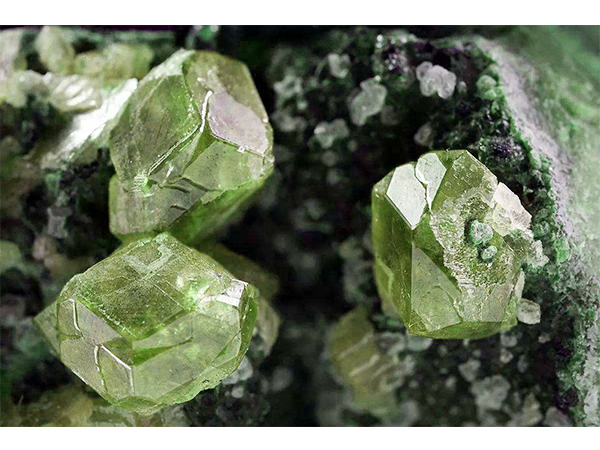
Introduction
Overview
Titanium and calcium silicate minerals have their constituents in many rocks (igneous rocks). Vermiculite often appears as a single crystal with crystals in the form of flakes.
Vermiculite has a glass luster and colors such as yellow, brown, green, black, and red. Vermiculite can be extracted from titanium or used as a gemstone.
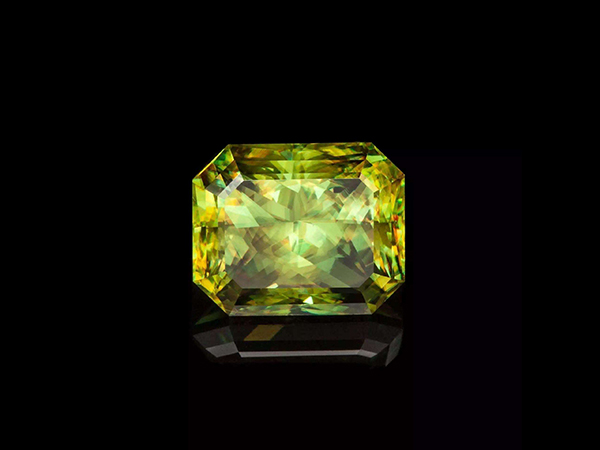
The composition is CaTiSiO4O, and the crystal belongs to the monoclinic island structure silicate mineral. There are often similar substances in the composition to form variants, such as (Y, Ge) 2O3 content of 12% of vermiculite, MnO content of 3% called red ochre. Most of the vermiculite appears as a single crystal, and the crystal form has a flat wedge shape (envelope shape).
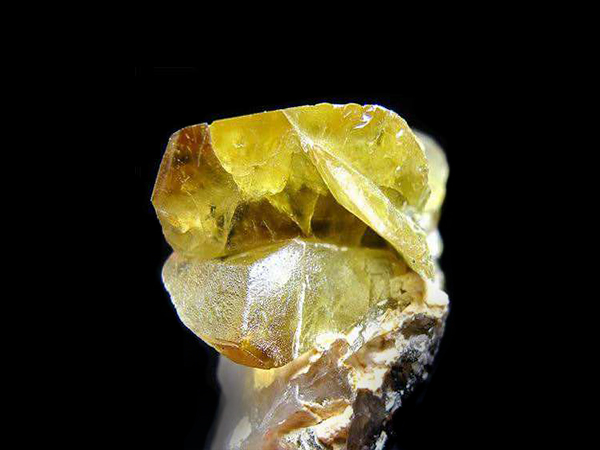
1. Crystal monoclinic system.
2. Wedge crystal, often with twin crystals.
3. The two groups of cleavage are obvious, and there may be cracks caused by twin crystals.
4. Fracture.
5. Hardness 5-6.
6. Specific gravity 3.3-3.6.
8. Refractive index 1.89-2.02.
9. Double-refractive index 0.130, 10× magnifying glass can be seen under the facet double shadow phenomenon.
10. Photonic biaxial crystal.
11. Glossy glass luster.
12. Transparency transparent to translucent.
13. High dispersion, about 0.051, the excellent quality of the cut gem will have obvious fire.
14. Color Yellow, green and brown, dark brown gemstones can be turned into orange or reddish brown by heat treatment.
15. Visible pleochroism, changing due to body color.
16. Absorption spectrum can reveal rare earth element lines
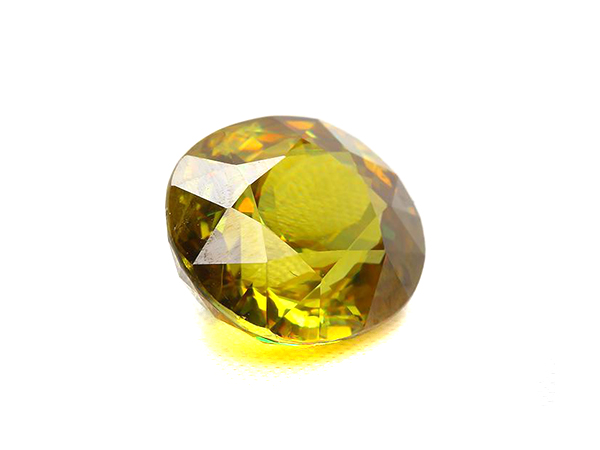
1. Strong gloss, due to the high refractive index RI1.89-2.02, the surface has strong reflectivity; the refractometer shows a negative reading;
2. High dispersion, dispersion value 0.051, fire color visible in the finished meteorite;
3. Strong birefringence, DR 0.130, visible double image, visible facet double shadow line distance is wider;
4. The characteristic rare earth spectrum and the like are the main distinguishing basis.
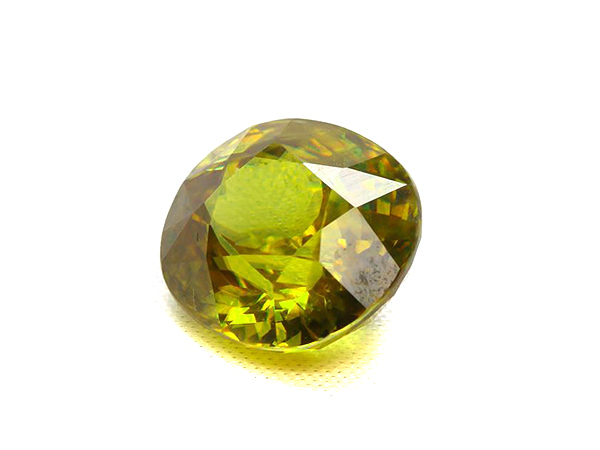
Vermiculite is one of the most common secondary minerals in acidic and neutral magmatic rocks. It is produced by large crystals and is particularly rich in alkaline feldspars rich in titanium and niobium and related pegmatites. Moreover, the crystal is sometimes large. When the rock containing vermiculite is weathered, the chemical property of the vermiculite is strong and enriched in the sand ore. When the vermiculite is subjected to the action of carbonated hot water, it can be decomposed into calcite and quartz. And rutile.
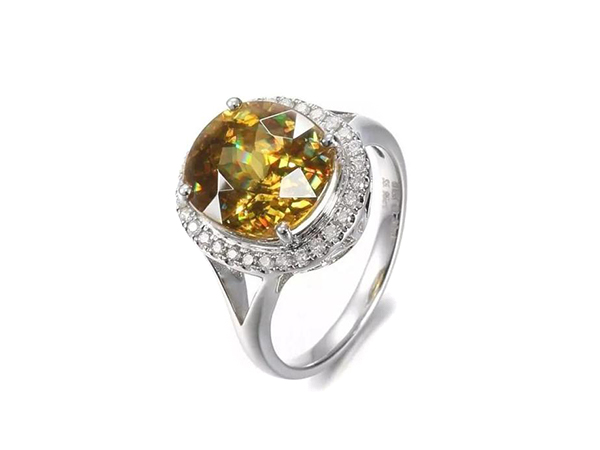
China, Austria, Switzerland, Madagascar and Brazil.
